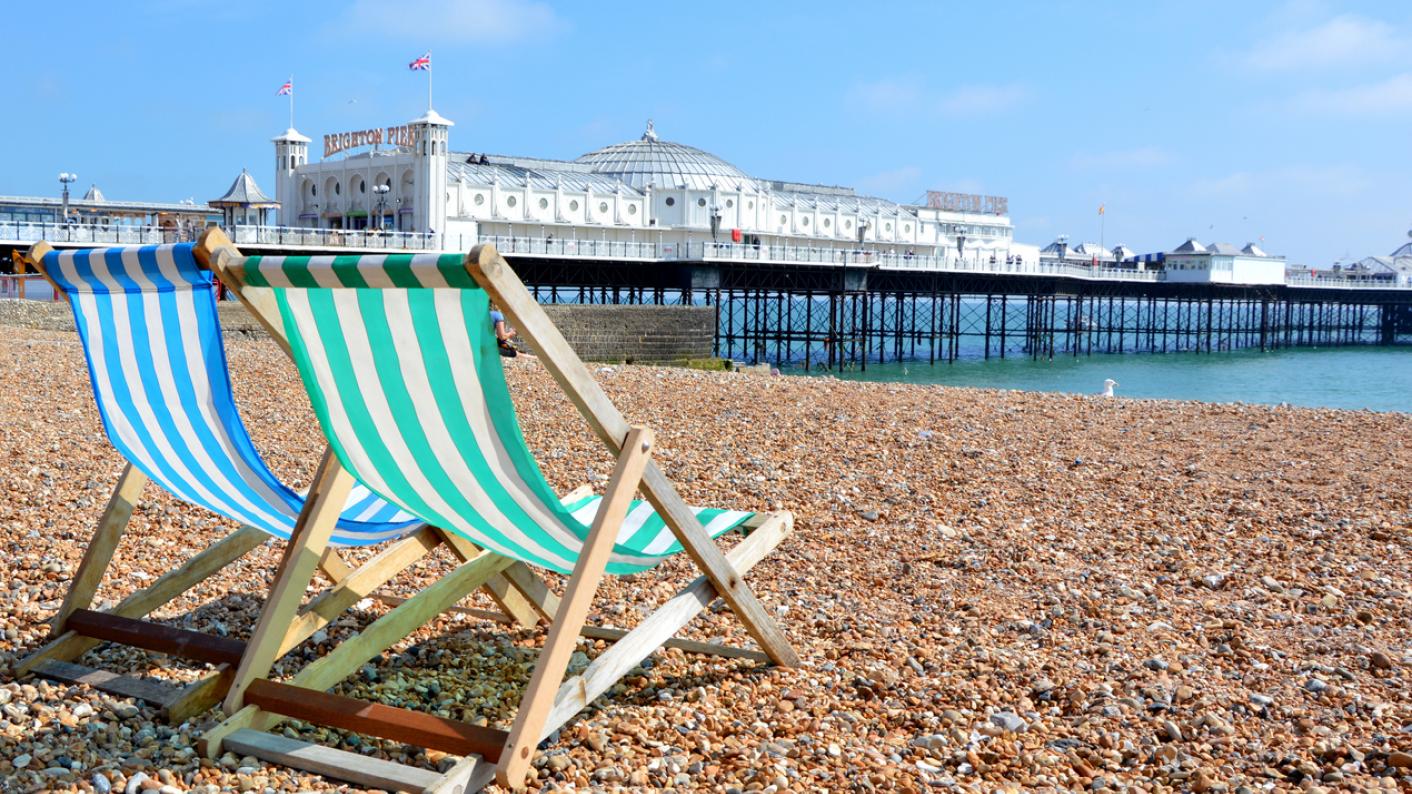Kent may be the best-known area of the South East, but the region also encompasses Berkshire, Buckinghamshire, East Sussex, Hampshire, Oxfordshire, Surrey, West Sussex and the Isle of Wight.
Perhaps unsurprisingly given this huge geographic scope, it is the most populous region of England. It is home to seven cities: Brighton and Hove, Canterbury, Chichester, Oxford, Portsmouth, Southampton and Winchester, as well towns such as Reading and Milton Keynes.
It also boasts great transport routes to the continent from along the South Coast, as well as international transport via Gatwick and Southampton airports, with Heathrow nearby too.
Key statistics:
Education
£37,789 – The average teacher's salary (just below the national average of £38,816).
18 – The average number of pupils per teacher (just above the national average of 17.9).
12.2 per cent – The amount of schools reporting a vacancy or temporarily filled post (above the national average of 11.9 per cent).
11.1 per cent – The amount of primary teachers leaving the profession (the highest in the country outside of London).
11.5 per cent – The amount of secondary teachers leaving the profession (above the national average of 11.1 per cent).
29.5 per cent – The amount of teaching staff working part time (higher than the national average of 25.9 per cent).
Data taken from the Regional, LA and school tables: school workforce census 2017.
Cost of living
£321,174 – The average house price (significantly higher than the national average for England of £244,567).
Data taken from the UK House Price Index January 2019.
1.7 per cent - The amount that weekly income in the region rose by in 2017 (slightly below the UK average of 2.2 per cent, although London’s rise of 3.2 per cent may have distorted this).
£30,346 – The average annual cost of living per household (higher than the national average of £25,766).
Data taken from ABC Finance.
What is it like living and working in the South East?
We asked three teachers what they liked about living and working in the region.
Maria Vogler, head of drama at King's College, Guildford:
“I have recently moved to be closer to my school in Guildford; despite what people think, there are affordable parts. I’ve also lived in Hampshire and was brought up in Surrey. No matter where I’ve lived in the South East, most of my weekends are filled with exploring the Downs or the Surrey Hills or relaxing in a cosy pub, especially in winter.
“There are plenty of National Trust houses to visit and the coast is an easy drive away if the sun decides to show itself. Getting to London has always been easy, the trains are regular and arrive in the capital in 40 minutes. The smaller towns I’ve lived in always have a lovely sense of community, with festivals, markets and holiday celebrations, as well as lots of community groups.
“Throughout my time living here, I keep finding areas to explore. The Isle of Weight and Kent are so close, which means quick weekends away are a constant possibility.”
Georgia Neale, key stage 4 curriculum leader for English, Cardinal Newman Catholic School, Brighton and Hove:
“Maybe it's living in a seaside town that does it, but Brighton feels different from anywhere else I have lived. With only a 45-minute direct train to London (unless the trains are up to their tricks), it is perfect for easy access to the capital.
“Brighton, like most towns and cities in South East, has lush countryside nearby, along with quaint pubs and picturesque villages just a short journey away. It’s easy to travel all over Sussex and the South to explore everything from castles and gardens, and with Gatwick Airport nearby, you can get almost anywhere in the world.
“Brighton's art and music scene is huge; back when I was at school, it was just a rubbish town with an HMV as a highlight. Now the city boasts festivals all year round, amazing venues for music and theatre, plus an incredible nightlife for all tastes.
“Teaching here does have its downsides. Many students come to school faced with the same problems I experienced in a London school, but with the consensus that it is "a nice Southern city", which means reduced funding and mental health support. Nevertheless it’s a great place to teach and I’m so glad I’ve made it home.
"It’s worth noting property prices are only second to London and renting here is among the most expensive in England. But is it worth it? I think so. But then again I am a true Brightonian."
